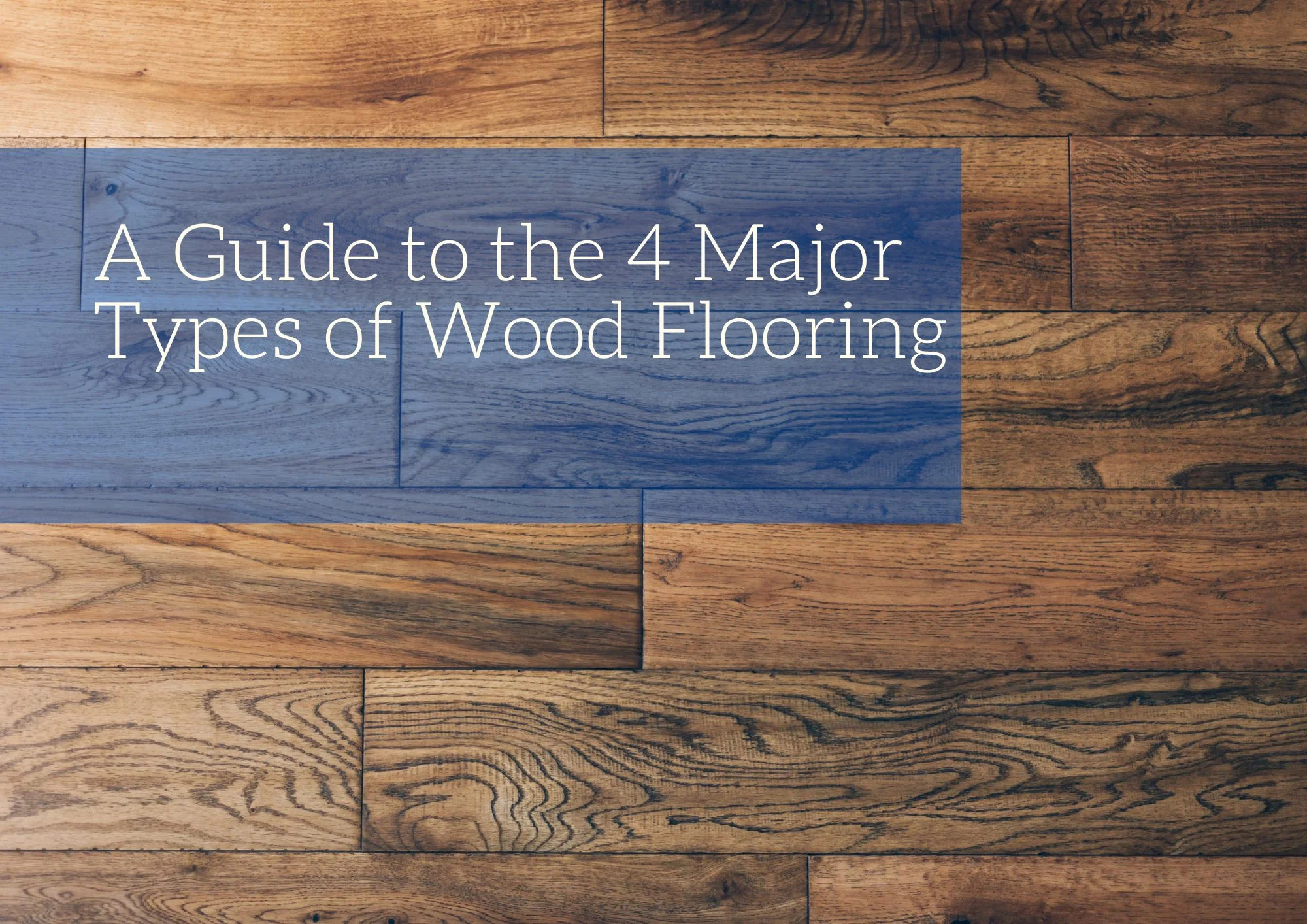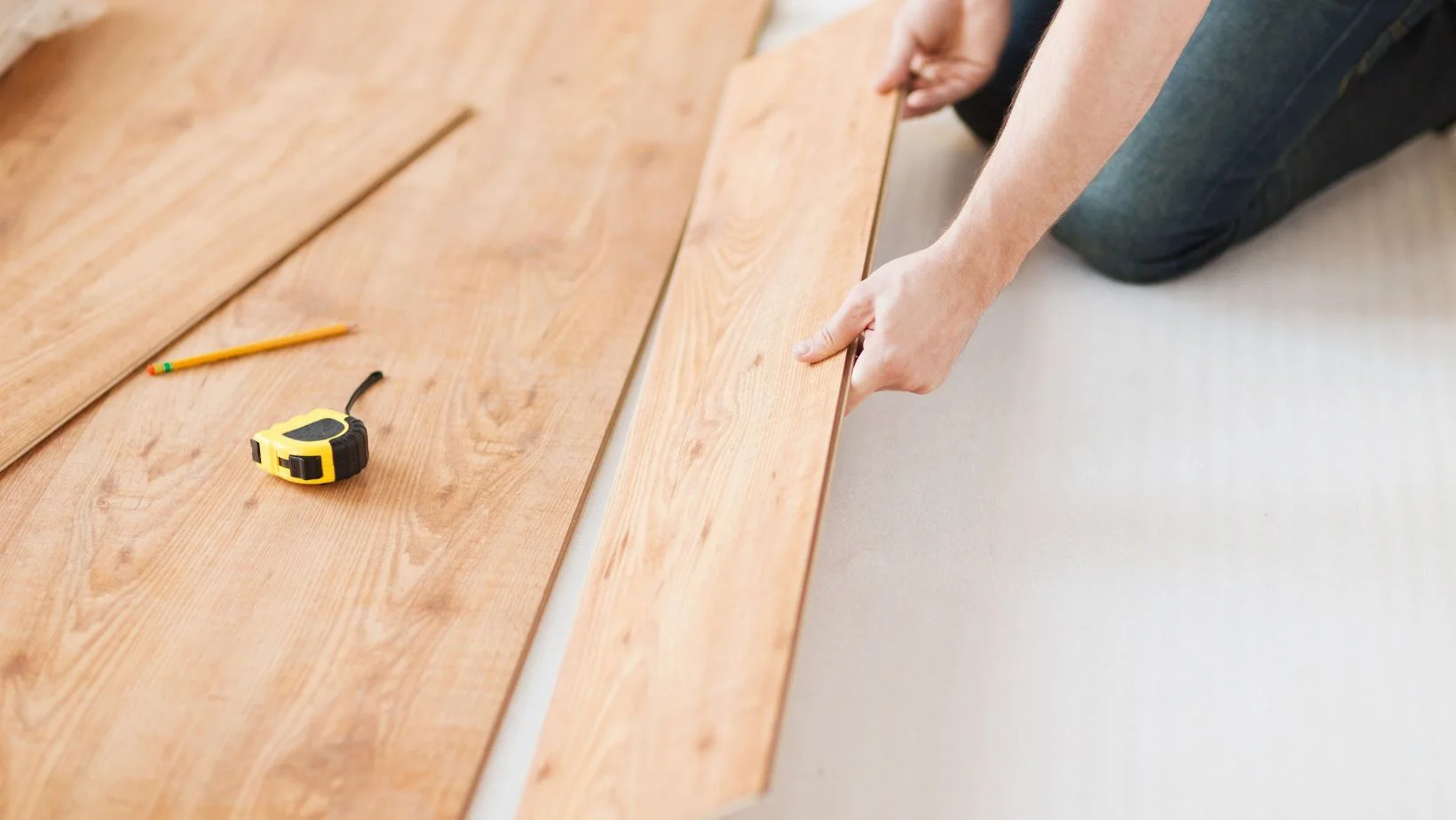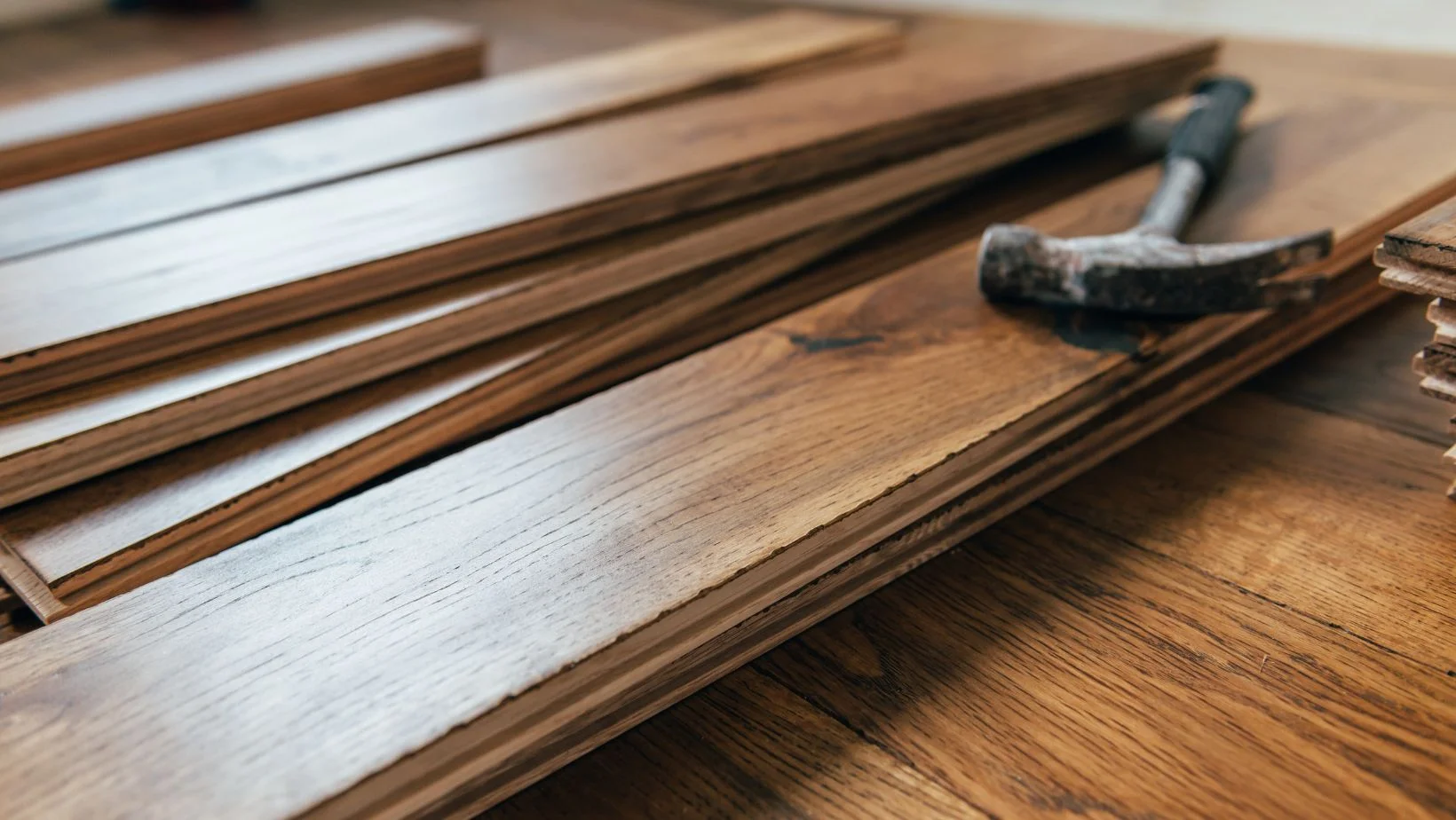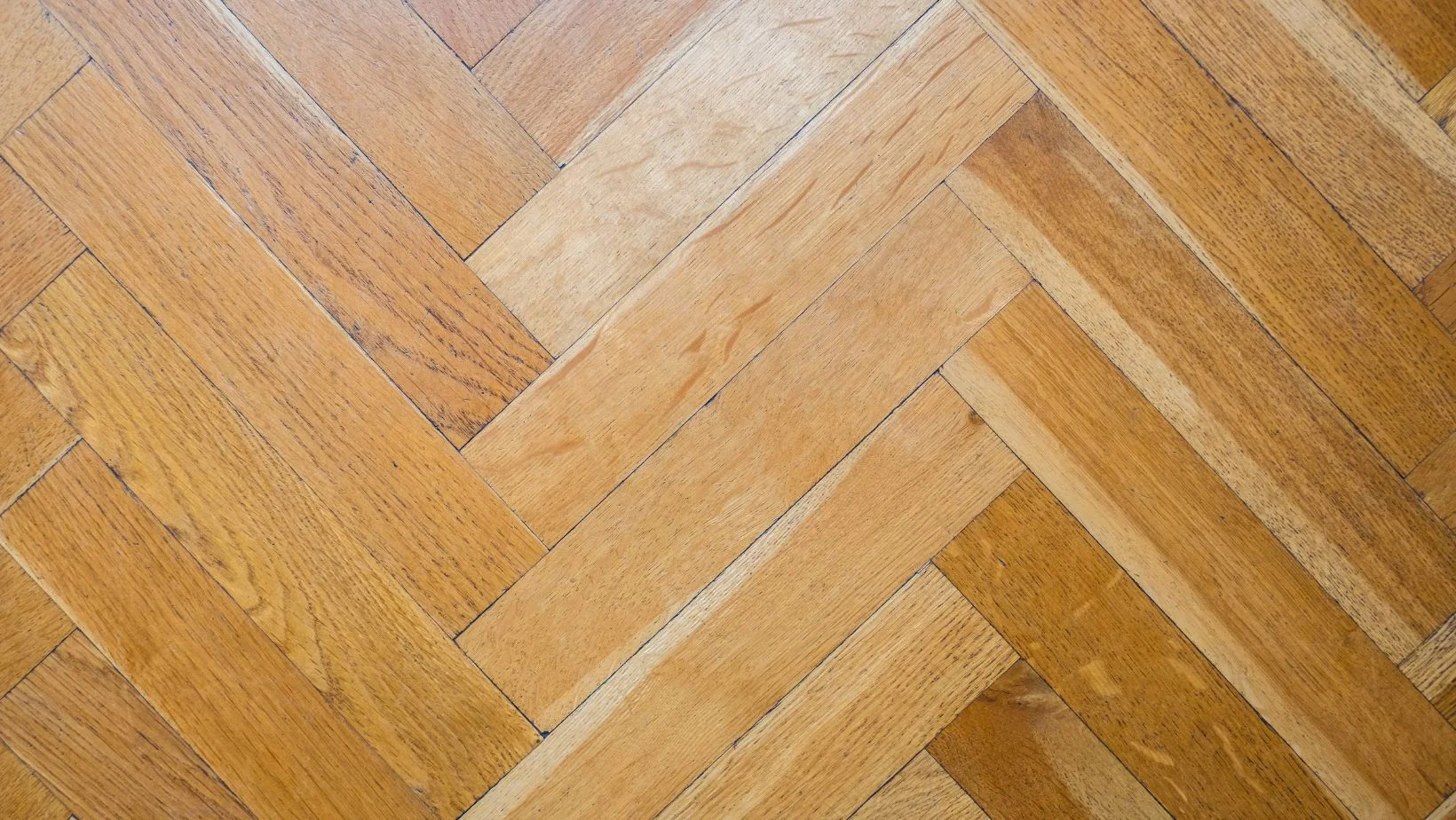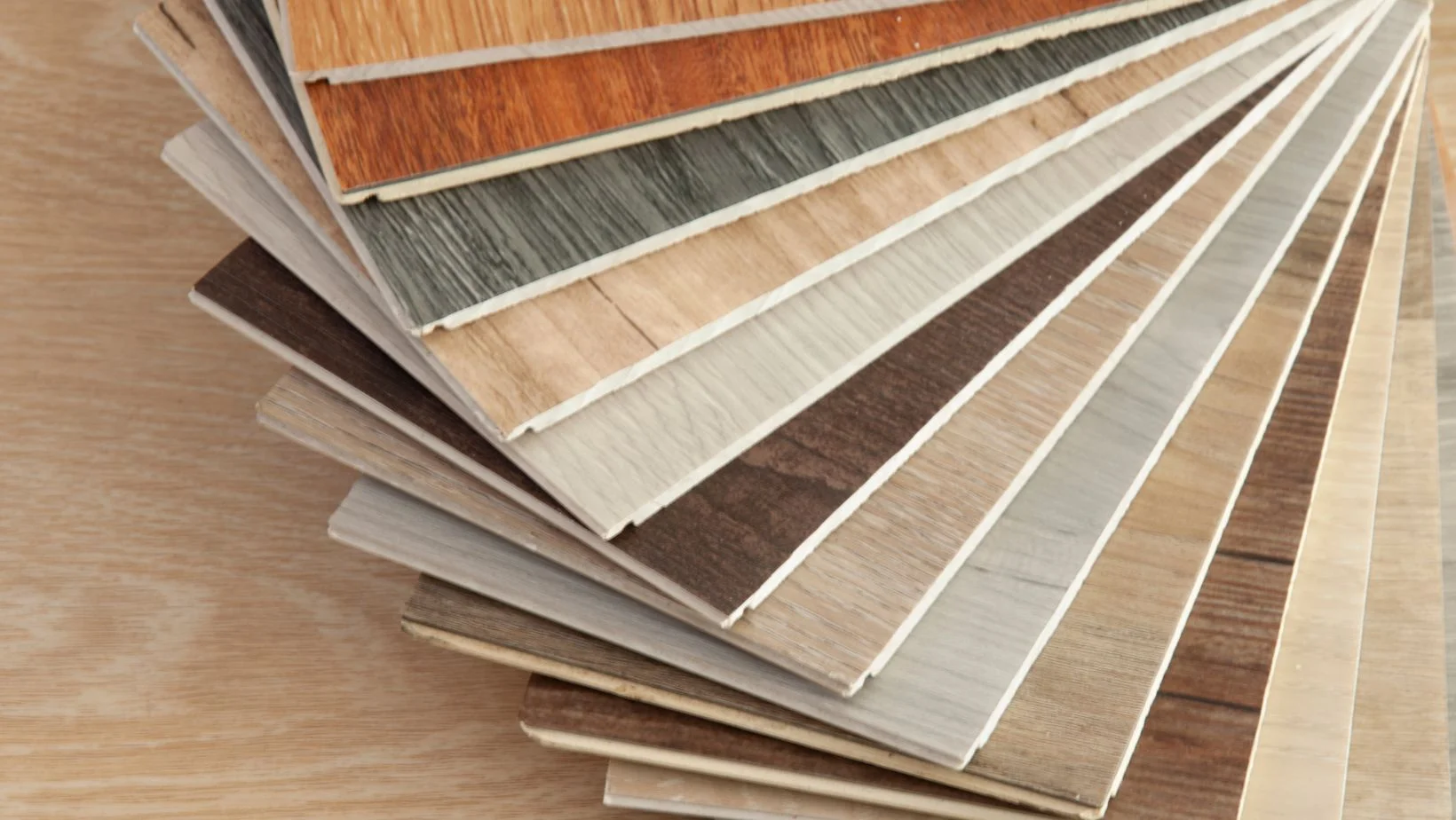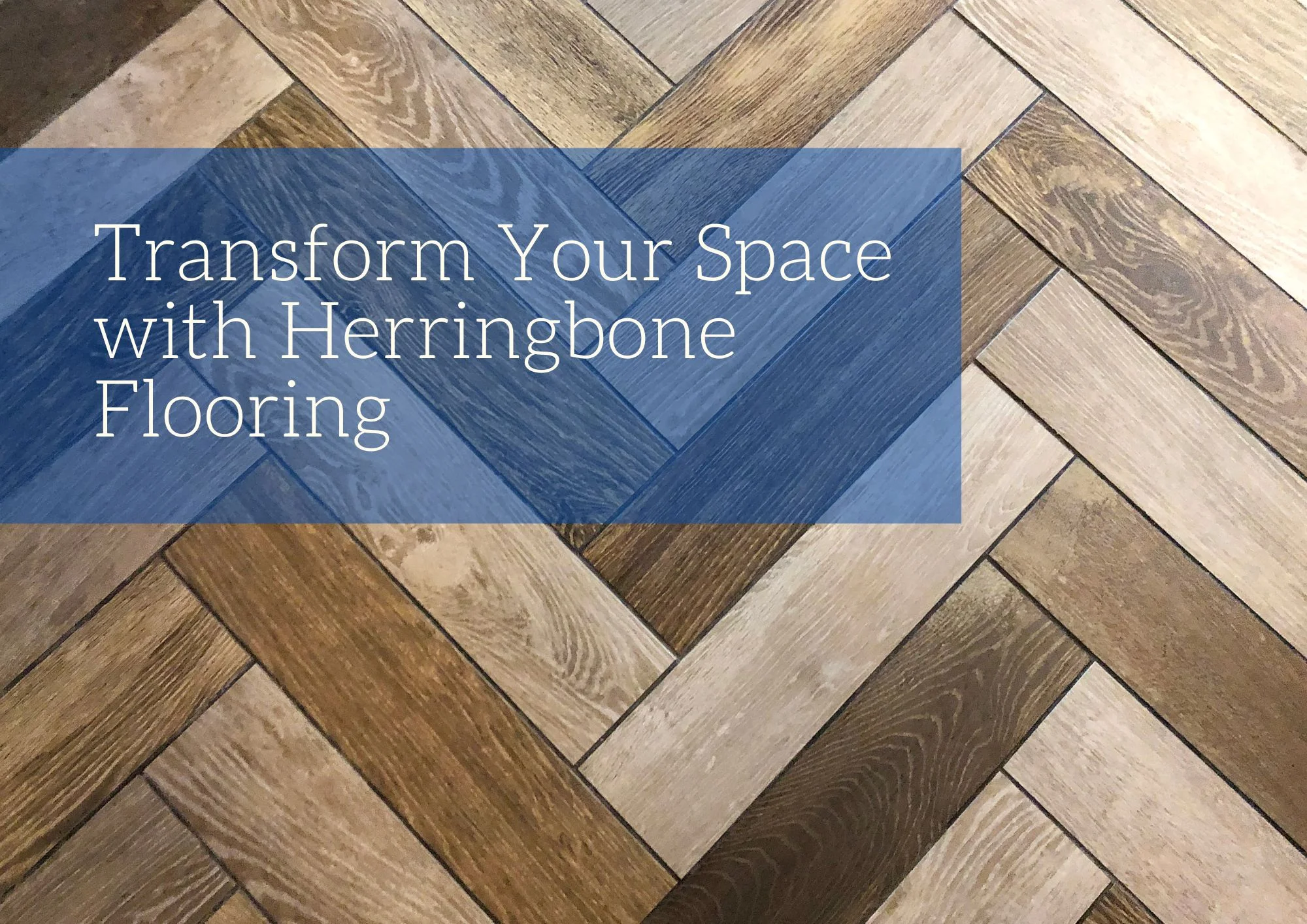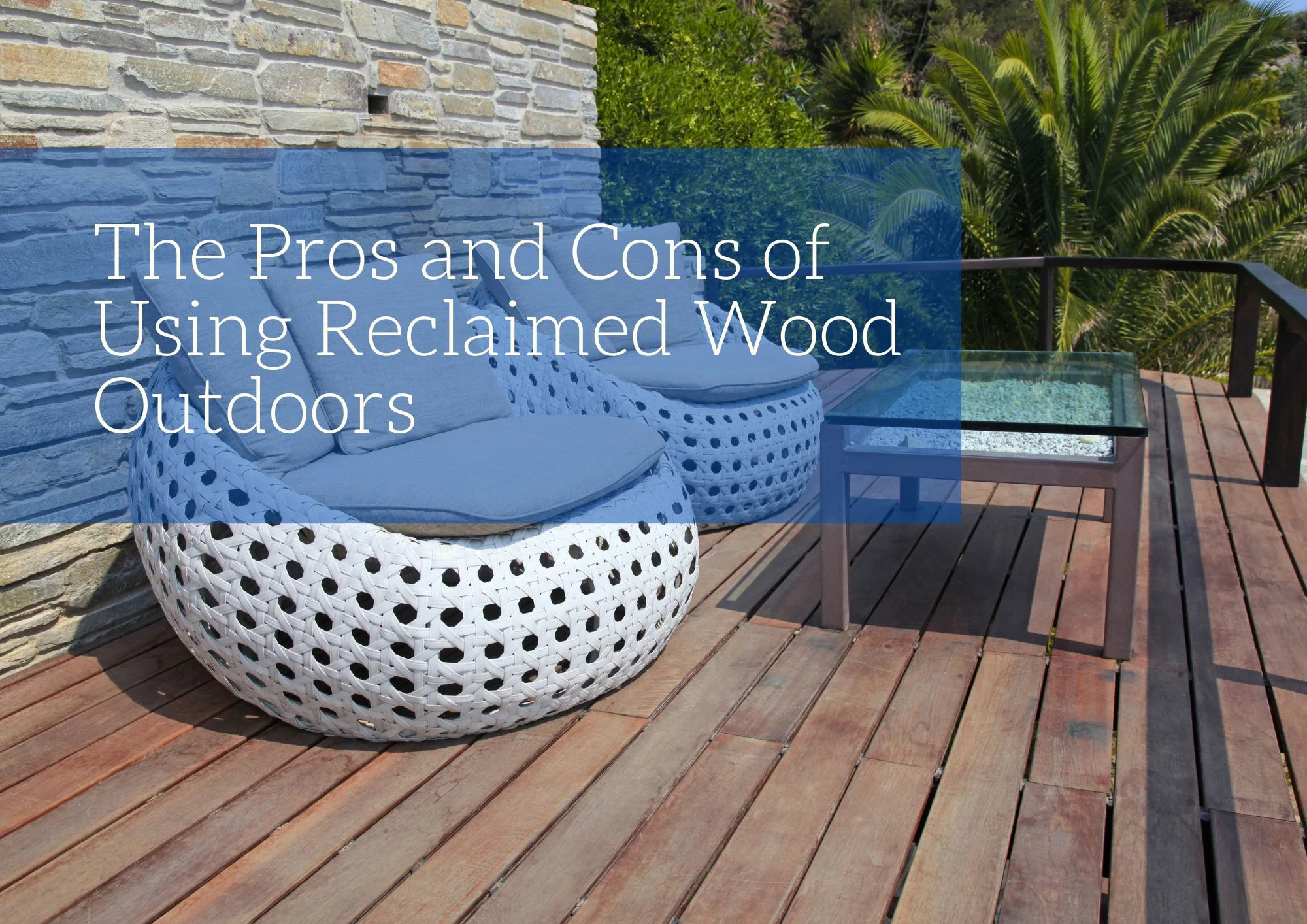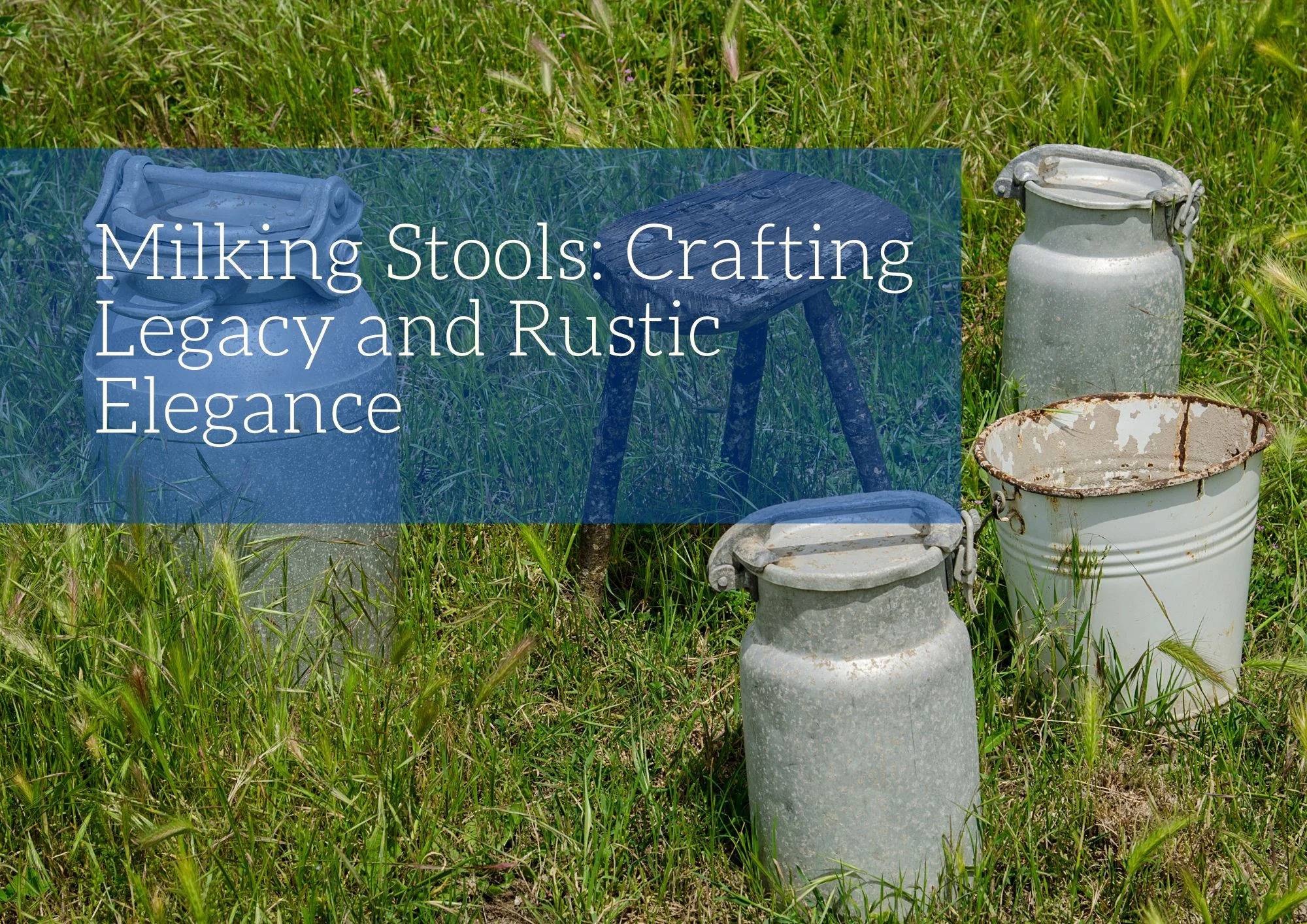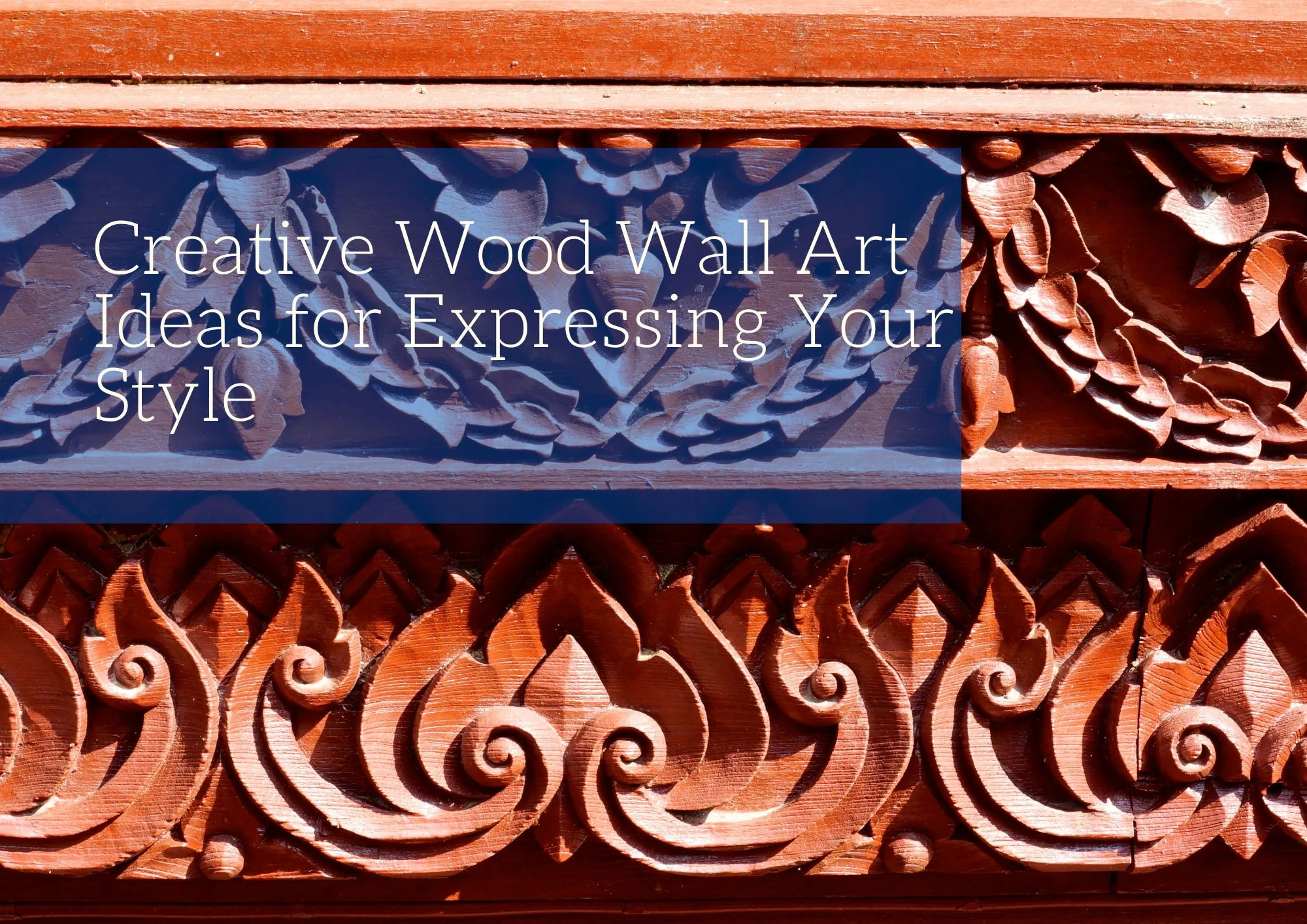Wood flooring is a timeless choice for adding warmth, elegance, and natural beauty to any space. However, with various types of wood flooring available, choosing the right one for your home can take time and effort. In this comprehensive guide, we’ll walk you through four significant types of wood flooring to help you make an informed decision.
1. Engineered Wood Flooring
Engineered wood flooring consists of multiple layers of wood veneer bonded with adhesives. This construction provides excellent stability, making it less prone to expansion and contraction due to changes in humidity. Engineered wood flooring is available in various wood species and finishes, offering versatility and durability. It’s an ideal choice for areas with fluctuating moisture levels, such as basements or kitchens.
Advantages of Engineered Wood Flooring
- Natural Hardwood Surface: Engineered wood flooring features a top layer of genuine hardwood, providing the authentic look and feel of traditional hardwood floors.
- High Resistance to Humidity: Constructed from thin layers of wood bonded together with adhesives, engineered wood flooring is less susceptible to the changes caused by humidity. This makes it ideal for areas with high moisture levels, such as bathrooms and basements.
- Waterproof Options Available: With proper installation and sealing, certain engineered hardwood products are virtually waterproof, further enhancing their suitability for moisture-prone areas like bathrooms and basements.
- Cost-Effective Solution: Engineered wood flooring presents an affordable alternative to solid hardwood, allowing homeowners to achieve the aesthetic appeal of wood flooring without breaking the bank.
- Enhanced Stability: Engineered wood flooring is less prone to warping than solid wood flooring, maintaining its shape and appearance over time.
Disadvantages of Engineered Wood Flooring
- Reduced Durability: While engineered wood flooring offers good resistance to moisture, it is not as strong as solid wood and may be more susceptible to dents and scratches.
- Limited Refinishing Options: Engineered wood flooring can typically be refinished only once or twice, depending on the thickness of the top layer. It’s essential to consult the manufacturer regarding refinishing limitations.
- Potential Sound Issues: Due to its construction, engineered wood flooring may emit a soft hollow sound when being walked over, which some homeowners may find undesirable. Choosing high-quality underlayment or installation methods can help mitigate this issue.
2. Solid Hardwood Flooring
Solid hardwood flooring is crafted from a single piece of wood, offering durability and longevity. It’s available in various species, including oak, maple, cherry, and walnut, each with its unique grain patterns and colors. Solid hardwood can be sanded and refinished multiple times, making it an excellent long-term investment for your home.
Advantages of Hardwood Flooring
- Natural Warmth and Variety: Hardwood flooring offers a timeless warmth and charm, with a wide array of species to choose from, each boasting unique grain patterns and colors to complement any interior design.
- Exceptional Durability: Hardwood is highly resistant to wear, making it a durable flooring option that can withstand heavy foot traffic and everyday use in residential and commercial settings.
- Multiple Refinishing Opportunities: One of the significant benefits of hardwood flooring is its ability to be refinished multiple times, allowing you to restore its original beauty and extend its lifespan.
- Pre-finished Options: Prefinished hardwood floors come with a protective factory-applied finish, enhancing their durability and resistance to scratches, stains, and moisture.
- Boosts Property Value: Installing hardwood flooring can significantly increase your home’s value and overall appeal, providing a timeless and elegant look that appeals to potential buyers.
Disadvantages of Hardwood Flooring:
- Susceptibility to Moisture Damage: Solid hardwood floors can expand and contract with fluctuations in humidity, making them vulnerable to moisture damage, including warping, cupping, and buckling.
- Sunlight Sensitivity: Some hardwood species may experience discoloration or fading when exposed to direct sunlight over time, so be sure to incorporate protective measures such as area rugs or window shades.
- Not Suitable for Wet Areas: Due to its susceptibility to moisture damage, hardwood flooring is not recommended for areas with high moisture levels, such as basements, laundry rooms, and bathrooms.
3. Parquet Flooring
Parquet flooring stands out as a distinctive form of natural wood flooring, renowned for its intricate designs. Traditionally, parquet floors were meticulously crafted, with each piece of wood installed individually. However, in contemporary times, parquet flooring often takes the form of tiles, facilitating more accessible installation methods such as gluing, nailing, or stapling them onto the subfloor.
Advantages of Parquet Flooring
- Aesthetic Appeal: Parquet flooring is crafted from hardwood, offering a visually stunning and elegant appearance that adds sophistication to any space.
- Durability and Low Maintenance: Parquet flooring is known for its durability and holds up well to everyday wear and tear. Additionally, it requires minimal maintenance, making it a convenient flooring option for busy households or offices.
- Variety of Styles and Designs: Parquet flooring comes in a wide range of styles and designs, allowing homeowners to choose patterns that suit their tastes and complement their interior decor seamlessly.
- Historical Charm in Modern Settings: Parquet flooring can infuse a sense of historical character into contemporary homes, creating a unique blend of old-world charm and modern aesthetics.
Disadvantages of Parquet Flooring
- Susceptibility to Scratching: Despite its durability, parquet flooring can be prone to scratching, particularly in high-traffic areas. Proper precautions, such as adding furniture leg pads, can help minimize damage.
- Fading in Sunlight: Prolonged exposure to strong sunlight may cause some types of parquet flooring to fade over time. Implementing window treatments or area rugs can help mitigate this issue.
- Higher Installation Costs: The intricate nature of parquet flooring installation often results in higher labor costs than other flooring options. Homeowners should budget accordingly when considering parquet flooring installation.
- Limited Water Resistance: Parquet flooring is not inherently water-resistant, making it susceptible to damage from moisture exposure. It is not recommended in areas prone to spills or high humidity without proper sealing and maintenance.
4. Laminate Flooring
Laminate flooring simulates the look of hardwood flooring using high-density fiberboard (HDF) topped with a high-resolution printed image of the wood grain. A protective layer of melamine resin provides durability and resistance to scratches, stains, and fading. Laminate flooring is easy to install, cost-effective, and low-maintenance, making it a popular choice for budget-conscious homeowners or high-traffic areas.
Advantages of Laminate Wood Flooring
- Cost-Effective Alternative: Laminate wood flooring provides a budget-friendly option compared to traditional hardwood flooring, offering a wide range of shapes, colors, and styles to suit various preferences and budgets.
- Ease of Maintenance: Laminate flooring is simple to clean and maintain, requiring only regular sweeping or vacuuming and occasional damp mopping to keep it looking its best.
- Scratch Resistance: Laminate wood flooring is highly resistant to scratches, making it an ideal choice for households with pets, children, or high foot traffic areas.
- DIY-Friendly Installation: Laminate flooring is designed with a click-lock system that makes it easy for DIY enthusiasts to install without needing professional assistance, saving both time and money.
Disadvantages of Laminate Wood Flooring
- Susceptibility to Moisture Damage: Laminate flooring is prone to moisture damage, swelling, and warping if exposed to excessive moisture, making it unsuitable for areas prone to spills or high humidity, such as bathrooms and basements.
- Limited Repair Options: Unlike hardwood flooring, laminate cannot be sanded or refinished to repair scratches or surface damage. Additionally, laminate flooring may chip easily if subjected to the impact of heavy objects.
- Hollow Sound: Due to its floating installation method and synthetic construction, laminate flooring may produce a hollow sound when walked on, which some individuals may find less desirable compared to the solid feel of hardwood flooring.
When choosing the right type of wood flooring for your home, consider factors such as budget, lifestyle, maintenance preferences, and the specific requirements of each room. Whether you opt for the timeless beauty of solid hardwood, engineered wood’s versatility, or laminate’s affordability, investing in wood flooring will enhance your home’s aesthetic appeal and value for years to come.

